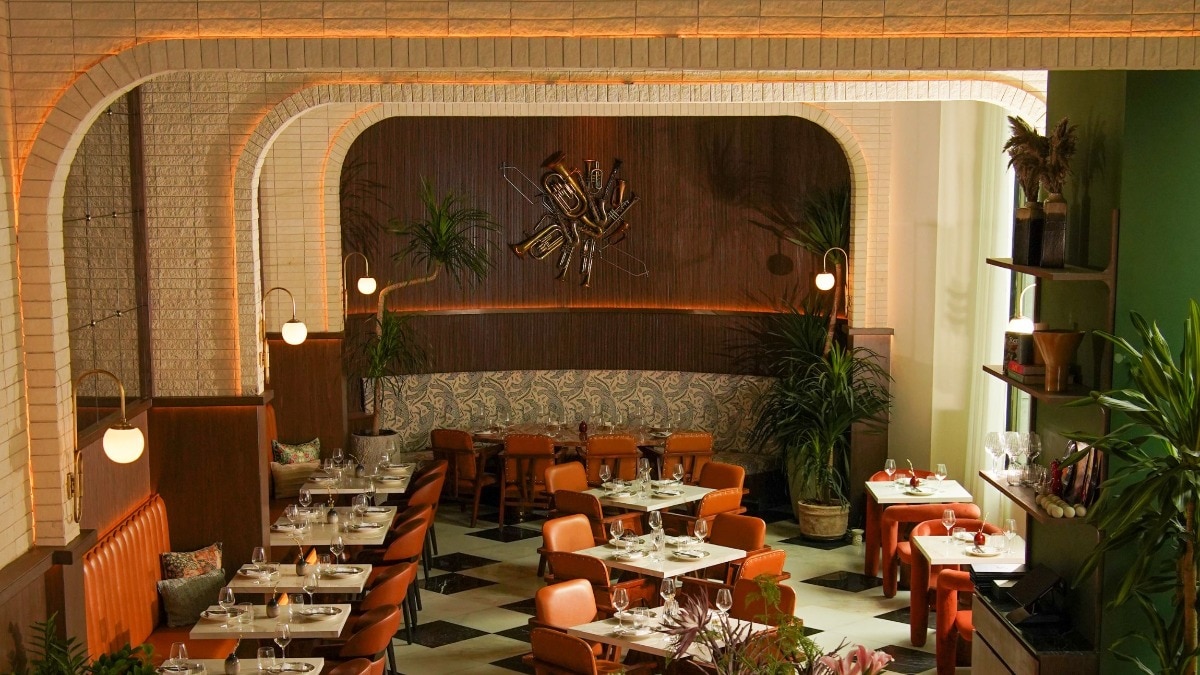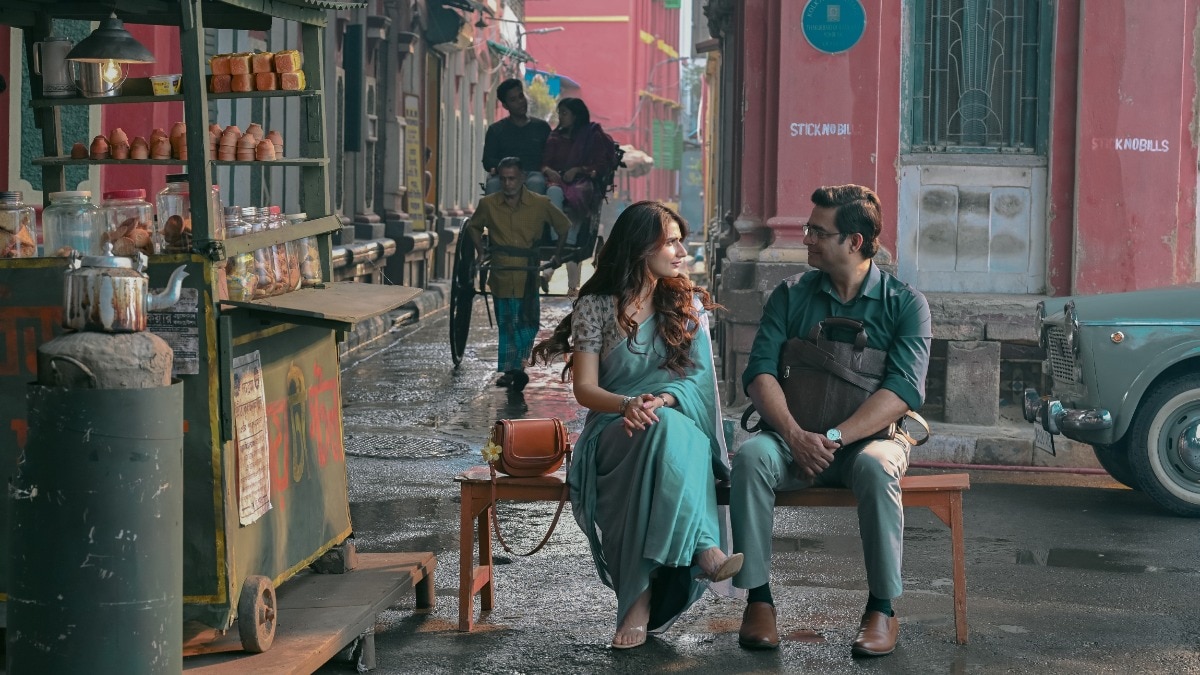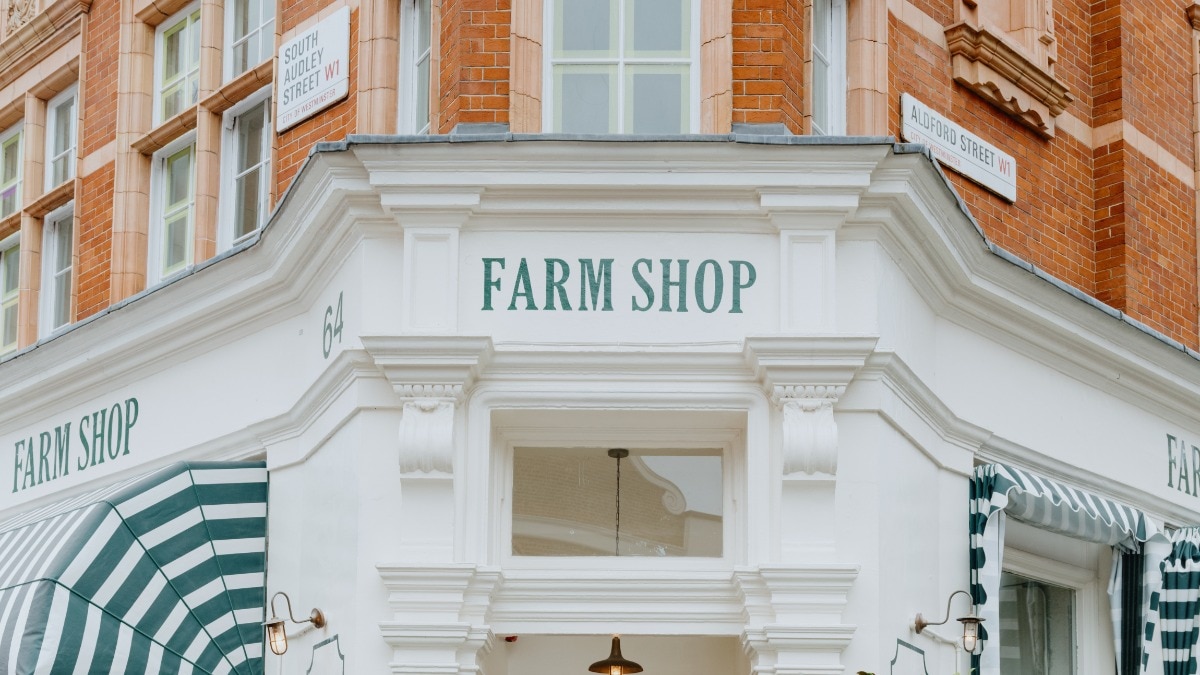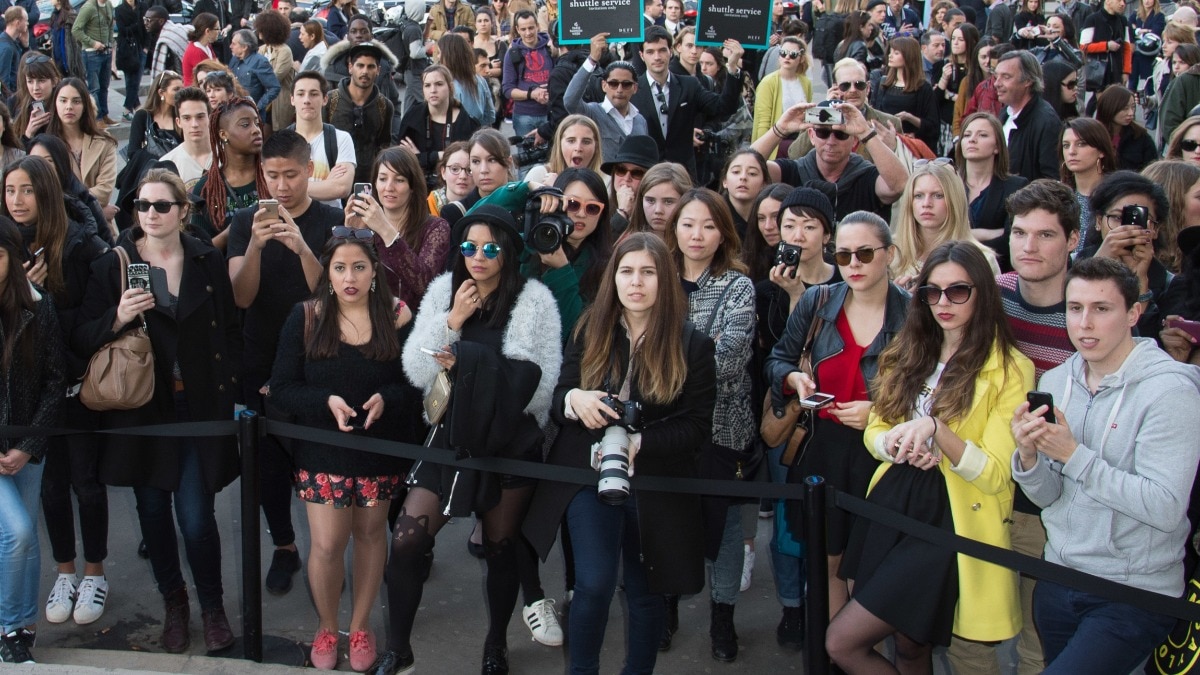
7 classic Bhutan experiences for every first-time visitor to the country
There are only a few things more beautiful than the sun illuminating a mountain with a pink and orange glow as you sip on some butter tea…experience them.


Nestled amidst the snow-capped mountains of the Himalayas, with twining roads and monasteries perched on cliffs with a view, Bhutan is a soft and subtle reminder of the little things in life that truly matter. You may enter the country with a bumpy ride, thanks to the low-lying clouds, but be rest assured; your eyes will remain steadfast at the sky-high mountain peaks that you fly over. A certain calmness overcomes you as you enter the city of Paro. You’re welcomed with a gush of cold breeze; dzongs; and rosy-cheeked, kind, and compassionate people.
Miles away from the din of city life and constant chaos, here, you find yourself taking up every opportunity to slow down, take a step back, reflect and introspect—much in line with the Bhutanese philosophy. A famous Bhutanese proverb—Gawa rang gi zon go zo; choem rang gi choen go choel—translates to: Whatever joy you seek, it can be achieved by yourself; whatever misery you seek, it can be found by yourself (your state of mind). Get in touch with yourself, emotions, thoughts, and all, and allow yourself to be present without worrying in agony and anticipation for everything that’s yet to come.

Rooted in royal history and embroiled in a host of rich cultural traditions, there’s much to witness and experience in the country. And there’s something for everyone. Find yourself a quiet a corner to cosy up with a book, a cup of the traditional Bhutanese butter tea, and a view of the mountains; soak in a traditional hot-stone bath; or satisfy the adventure bug in you and go on one of the many hikes in the region. You can also indulge in local delicacies or splurge at the local craft bazaar. Here’s what we definitely recommend: immerse yourself in conversations with the locals as you travel the length and breadth of cities such as Thimphu, Paro, and Punakha—conversations that exude nothing but warmth and kindness.
We curated a list of experiences that we consider are some of the best in Bhutan. Take your pick.
Do the Tiger’s Nest trek
Known to be one of the most revered monastery in Bhutan, Tiger’s Nest in Taktsang (near Paro) should definitely be at the top of your Bhutan to-do list. Perched on the edge of a cliff, 2,900 metres above sea level, legend states that Guru Rimpoche (also called Padmasambhava), a legendary Indian Buddhist mystic, flew from Singye Dzong to present day Taktsang on a mythical tigress and meditated in the cave, before bringing Buddhism to Bhutan. The monastery, also known as Taktshang Goemba has, therefore, been built around the cave. The trek up to the caves is considered to be moderately to extremely challenging, owing to the steep mountains and high altitude, and takes approximately six hours to complete. Yet, it appears as if the exhaustion is nothing against the breathtaking views and cultural experience the trek has to offer. You can also choose to trek up to the halfway point, where you can refresh and unwind at a café.
Aman Spa and hot-stone bath

If there’s an ultimate luxury experience that should be on your radar, it definitely should be this one. Known for their exclusive experiences, the Amankora Punakha Lodge offers a range of spa and wellness therapies—much-needed after a long hike in freezing temperatures. Using natural analgesic like Artemisia (known as Khempa) and other herbs, hot-stone baths are traditional to Bhutanese culture and have healing properties. Housed in wooden hut with bamboo doors, soak in the hot-stone bath to rejuvenate. You can also opt for a yoga-focused well-being programme, or pamper yourself with a spa session or the flag and forest therapy that is inspired by the teachings of Buddhism to pause, listen, and breathe. Surrounded by the colourful fluttering flags, iconic of Bhutanese culture, take part in some transformative meditation and feel light, happy and peacefulness.
Stay at Amankora hotels


If you want to make this the ultimate holiday for yourself, then staying at the Amankora hotels across the country is a must. Grounded in the philosophy of the Gross National Happiness that guides much of the success, culture, and economy of Bhutan, Amankora, too, believes in the idea of ‘365 days of happiness,’—that Bhutan’s beauty is a year-long revelation from dazzling starscapes, snow-covered mountains, spring-time flowers and more. And Amankora promises it all. Nestled amidst a forest in Paro or set amidst the river in Punakha, the rooms exude warmth, comfort and everything cosy with a traditional fireplace and more. Try local Bhutanese dishes like ema datshi which is made with cheese and chilly; red rice; keva datshi, which is a potato-based dish, and more. If not, the western menu is brimming with a host of dishes to choose from. Sip on some apple cider, surrounded by tall trees, brooks and a bonfire.
Go on a biking expedition
For those of you who love adventure sports, mountain biking and other biking experiences are definitely something you should give a go at. You could opt for day cycling tours or make it a two-week expedition, cycling to places like Tiger’s Nest monastery, Chele La Pass, Haa Valley, Punakha and more, whilst living like the locals do, with homestay experiences. With the sun shining, wind in your face and only majestic mountains to look at, even mountain biking doesn’t appear as exhausting as it seems. For those who love the leather jacket and boots look, your trip to Bhutan would be incomplete without riding the motorbike along the country’s roads. Take your pick from the range of motorcycle tours available.
Try your hand at archery
Historically used for hunting and battling Tibetan invasions, archery continually rose to prominence until it was declared the national sport of Bhutan in 1999. Archery has been a hallmark of Bhutanese culture and the traditional bow and arrow have been depicted in several of their deities. The traditional Bhutanese archery range covers a distance of 145 metres (almost twice as much as an Olympic range). We’d definitely recommend trying your hand at archery; available at various places across the cities of Paro and Thimphu. If it’s a windy day, then you’re going to have to use all your might to aim and release the arrow right on target. But whether it’s a hit or miss, it’s definitely a fun activity to participate as a solo traveller or when you’re holidaying with your friends and family.
Shop for traditional souvenirs at Craft Bazaar

There’s something beautiful about spinning wheels, colourful yarns, and printed pouches put on display at the craft bazaar in the city of Thimphu. With an extremely rich cultural heritage, Bhutanese artefacts are handmade (with love). For all those art lovers, this is the place to splurge on leather and cane handicrafts, and woven scarves and winter caps. Our favourite artefact, however, were the traditionally painted vibrant masks that are adorned by the locals during their many festivals. The bazaar gives you a glimpse into the art, culture, and history of Bhutan and its people. While you’re in the area, you can also visit the Folk Heritage Museum that gives you a peak into the lifestyle—homes, food, clothes, utensils and all—of the Bhutanese people. And if you’re all about colours and fabrics galore, then spending sometime at the weaving centre will leave you in awe of the intricate details and work that goes into making each product. ]
Attend Drukyul's Literature Festival
Touted to be one of the most premier literary festivals of Bhutan, Drukyul's Literature Festival is all set to return to the halls of the Royal University of Bhutan in the nation's capital, Thimphu from August 4 to 6 this year. Themed 'Reconnecting and Reviving—the festival will serve as a platform to explore the challenges of communication and travel in a post-pandemic world. You can indulge in intimate conversations with authors and attend talks by visionary speakers such as Pawo Choyning Dorji, director of Bhutan's first Oscar-nominated film, Vikas Swarup, whose debut novel was adapted into the film Slumdog Millionaire. Find yourself exploring, learning and unlearning the nuances of Bhutanese culture while taking in the country's natural beauty, through the many immersive experiences curated for the festival.
Visit Dochu La Pass
You’re in the car, driving along the intertwined roads from Thimphu to Punakha. For a moment, all is good with the world. Not only is this two-hour-drive a breathtakingly beautiful one, but the mountain pass that you drive by is stunning, too. The Dochu La Pass is a mountain pass (amidst the snow-covered Himalayas), where 108 memorial stupas (also called Druk Wangyal Chortens) have been built. Step out of the car to feel the freezing air against your face, and walk up to the stupas for a panoramic view of the mountains. With an altitude of 3,100 metres, and below-freezing temperatures, we’d recommend you to bundle up to stay warm and cosy.










